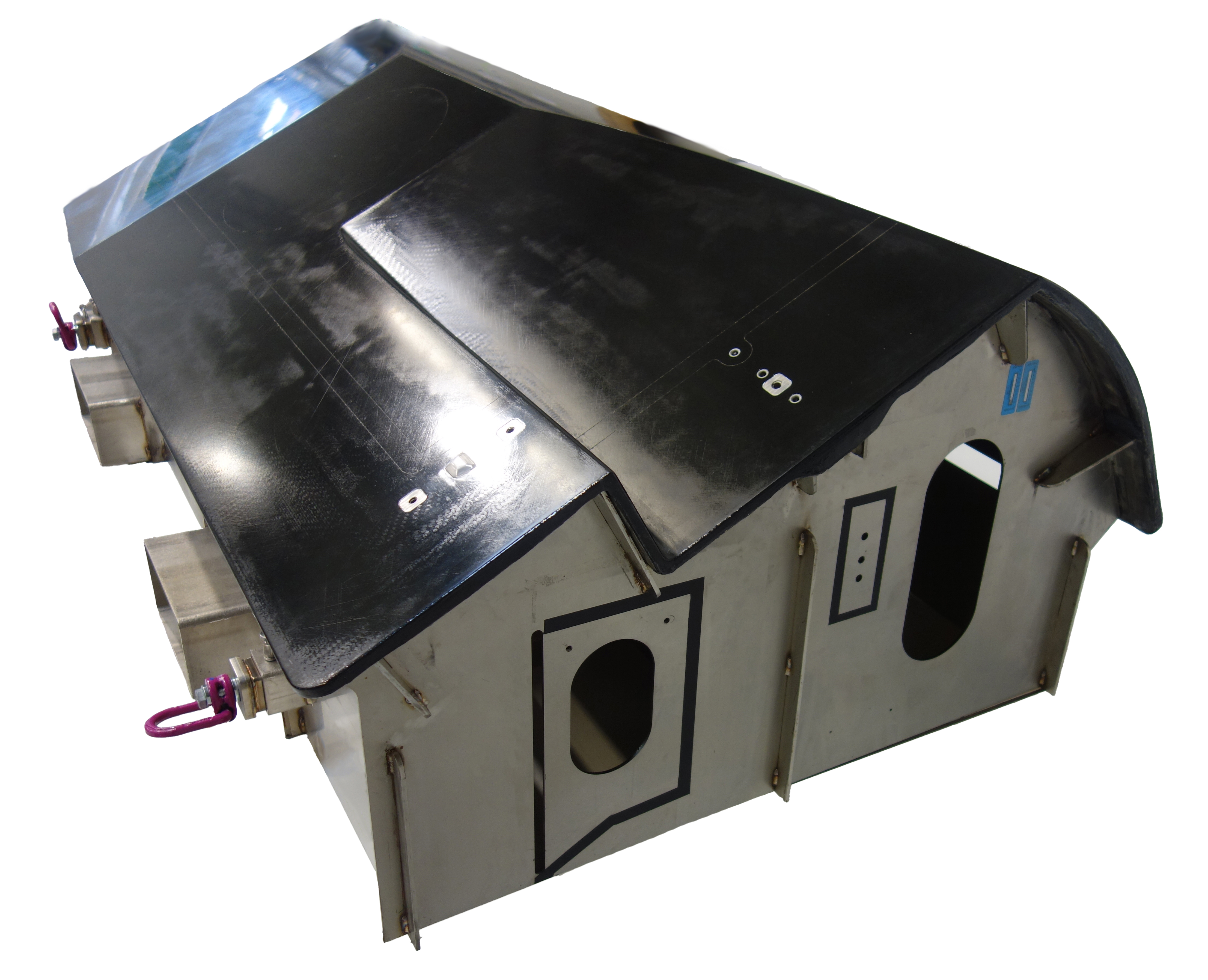
Decision SA, part of European composites consortium Carboman Group, has developed a new direct mold tooling technology for aerospace.
According to the company, the direct molds for series production are stable and have short lead times. They can be used both in and outside of the autoclave at temperatures of up to 180°C and the molds require no traditional plug or mold pattern.
Decision says that the tooling begins with engineers selecting a material combination for the tool surface and support structure to match the coefficient of thermal expansion (CTE) of the muld and the composite part to be processed. The CNC machined composite face sheet is supported by a stress-relieved metallic or composite backing structure before final post curing and machining is completed. The autoclaved composite tool surface is dimensionally stable up to processing temperatures of 180°C, and can be configured with additional metallic inserts or fixtures if required.
‘The principal benefit of this novel approach, aside from removing the need for costly and time-consuming plug production, is the production accuracy delivered by the closely matched CTE of the mould tool and the finished composite part,’ a press release.
Decision and Carboman recently provided a tooling glass prepreg, stainless-steel backed direct female mold tool created for the series production of a Class 3 fairing to a leading European aerospace OEM, the company said. The direct composite tools have dimensional tolerances of +/-0.2mm and are produced in an EN 9100:2018 controlled production environment, with CMM checks before and after machining. The available tooling dimensional envelope is currently defined by Decision’s 2200 mm x 6000 mm autoclave.
‘Decision and Carboman Groups’ combined mission has always been to develop the construction methods for tomorrow’s composite structures, and we believe that this tooling solution will allow our customers to accelerate the implementation of the next generation of high-performance carbon fiber aerostructures and components,’ said Grégoire Metz, MD.
This story uses material from Carboman, with editorial changes made by Materials Today. The views expressed in this article do not necessarily represent those of Elsevier.



